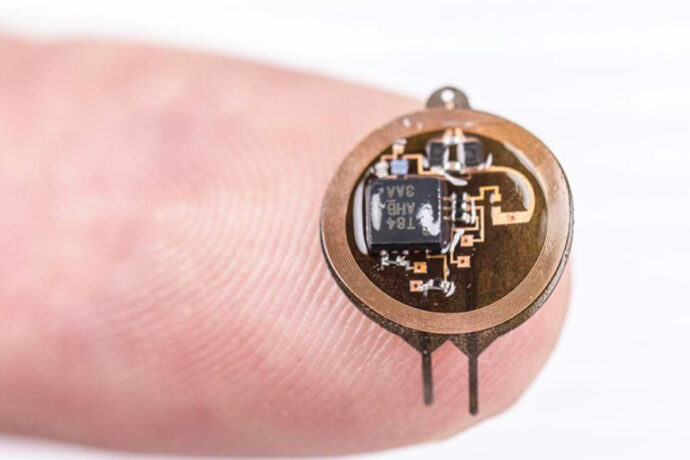
Styrofoam, once considered lightweight, pales in comparison to the groundbreaking micro-lattice cellular material developed by a collaborative team from UC Irvine, HRL Laboratories, and Caltech. This new material, composed primarily of metal, boasts unparalleled lightness and a myriad of potential applications.
1. Unprecedented Lightness:
The newly developed micro-lattice cellular material surpasses Styrofoam, being 100 times less dense.
Despite its metal composition, primarily nickel, the material is astonishingly lightweight, floating effortlessly atop a dandelion without causing damage due to its density of merely 0.9 mg/cc.
2. Nanotechnology Construction:
Dr. Tobias Schaedler from HRL Laboratories elucidates the fabrication process, which involves creating a lattice of interconnected hollow tubes with a wall thickness 1,000 times thinner than a human hair.
This intricate nanotechnology construction results in a material that comprises 99.99% air, contributing to its exceptional lightness and buoyancy.
3. Unique Properties and Applications:
The micro-lattice cellular architecture offers a range of remarkable properties, including exceptional energy absorption and full recovery from significant compression.
Potential applications abound, including thermal insulation, battery electrodes, catalyst support, and as dampers for shock, vibration, or acoustic energy.
4. Versatile Utility:
The material’s versatility extends to various industries, where it can revolutionize existing technologies and pave the way for innovative solutions.
Its lightweight nature coupled with robust properties makes it an ideal candidate for diverse applications, spanning from aerospace to consumer electronics.
5. Future Implications and Advancements:
The development of micro-lattice cellular material marks a significant milestone in lightweight materials research, with implications for fields requiring high-performance, low-density materials.
Ongoing advancements in fabrication techniques and material engineering are poised to further enhance the material’s properties and expand its applicability across industries.
The advent of micro-lattice cellular material heralds a new era in lightweight materials, offering unparalleled properties and a wealth of potential applications. As research and development continue to progress, this groundbreaking material holds promise for addressing pressing challenges and driving innovation across diverse sectors.



